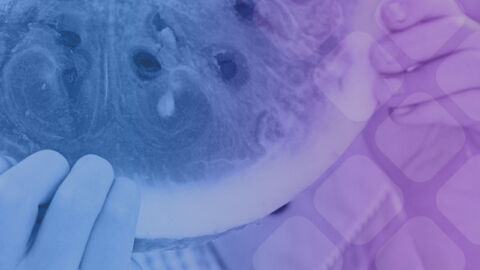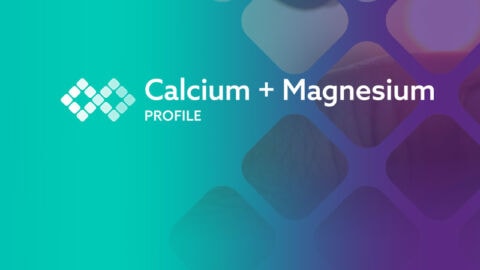Self-stimulatory behavior in Autism Spectrum Disorders is common. It is often associated with sensory problems linked to auditory, visual, and/or tactile hyperresponsive/imbalances. In many circumstances, these problems manifest as visual side-glancing, odd finger and hand movements, fixation on objects, e.g., shapes, and auditory sensitivity. Although there can be many causes for these tendencies, including side-glancing occurring from disruption of G-protein signaling from the eyes to the visual cortex (many times improved with the use of natural vitamin A from cod liver oil), another potential connection is to chemical imbalances linked to different amines such as dimethyltryptamine (DMT) in the brain and nervous system.
Tryptamine is a compound produced from tryptophan in the pineal gland for the eventual conversion into DMT. DMT is found in plants and animals, and although its exact biological function is still being examined, the consumption of exogenous DMT can have psychedelic influences such as occurs from Lysergic acid diethylamide (LSD) and psychedelic mushrooms. The role of endogenous DMT with excessive psychedelic effects remains controversial. However, reports of high DMT endogenously corresponding with synesthesia, a condition where one type of stimulation evokes the sensation of another (i.e., as when the hearing of a sound produces the visualization of a color), have been reported in Autism as hyper-focus to visual details, geometric shape attraction, hallucinations, and pupil dilation.
DMT is derived from tryptamine via the converting enzyme indolethylamine-N-methyltransferase (INMT). This methylating enzyme is felt to be the main source of endogenous DMT. Once produced, DMT is metabolized by monoamine oxidase-a (MAO-A) which often has low activity in autism. Genetic variants in the MAOA gene controlling the production of the MAO-A enzyme could lead to an accumulation of DMT in the brain.
Tryptophan is a pivotal amino acid that converts to 5-hydroxytrytophan (5-HTP) via tryptophan hydroxylase. This enzyme requires various nutrients, including BH4 (tetrahydrobiopterin), vitamin D, iron, and vitamin B6 (as P-5-P). Deficiencies of these nutrients, particularly BH4 and Vitamin D, may enhance the potential for tryptophan conversion into tryptamine.
Tryptamine is a trace amine derived from tryptophan by a B6-dependent enzyme. Other amines such as tyramine and PEA (phenylethylamine) at high levels may also have stimulant effects within the brain and nervous system. Tyramine-rich foods include fermented vegetables, as well as soy and soy sauce. Certain tropical fruits including bananas and pineapple contain tyramine, as well as citrus fruits such as lime, grapefruit, oranges, and tangerines. Finally, avocadoes, aged cheeses, and processed meats are high in tyramine.
It is possible that tryptophan supplementation could increase tryptamine levels, particularly when the conversion of tryptophan to 5-HTP is compromised by nutrient deficiencies.
With regards to MAO-A the use of vitamin B2 (riboflavin) may be helpful because its activity is enhanced with this nutrient. There is no commercial laboratory test available for direct measurement of DMT. However, there is a marker on the Organic Acids Test (OAT) from Mosaic Diagnostics called glutaric acid which is commonly elevated in Autism. Even though this one marker elevation is not diagnostic of an amine imbalance linked to tryptamine, tyramine or DMT, the use of riboflavin (vitamin B2) may be helpful.
Glutaric acid, found in the Nutritional Marker section of the OAT, is an indirect indicator of vitamin B2 status. High glutaric indicates a B2 deficiency.
Reference:
- Shomart, T. and Nesher N, Updated View on the Relation of the Pineal Gland to Autism Spectrum Disorders. Frontiers in Endocrinology. February 2019.





